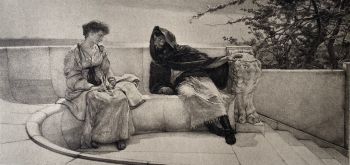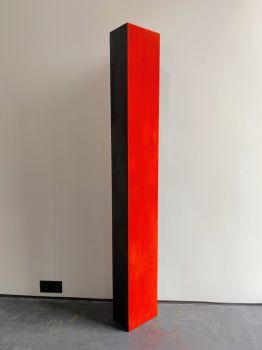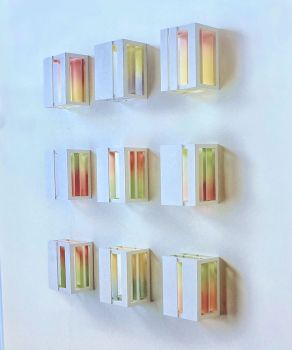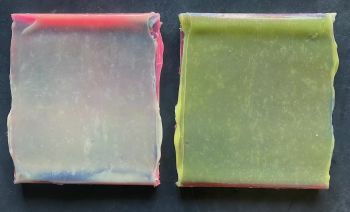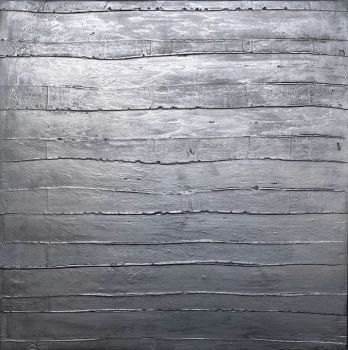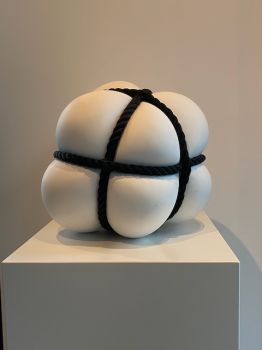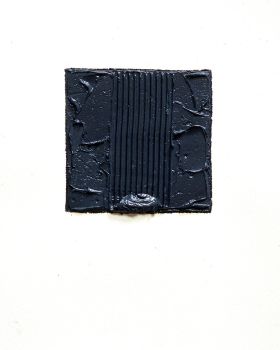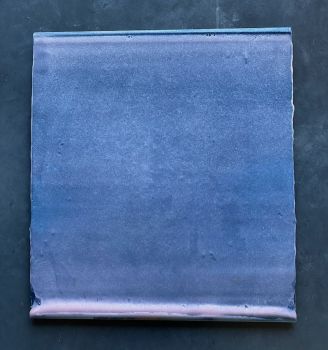Special book edition (signed) and small artwork by ROMAN OPALKA: "TIME PASSING" 2012
Roman Opalka
Price on request
Gallerease Selected
- About the artworkBox with signed book by the artist, plus a small artwork and Dvd included.
Limited edition of 50
Also available in a larger luxe booksuite of 10 with artists:
- Hermann Nitsch, "Under My Skin." 2010
- Lawrence Weiner, "Skimming the Water / Ménage à Quatre." 2010
- On Kawara,"Unanswered Questions." 2011
- Roman Opalka,"Time Passing." 2011
- Arnulf Rainer,"Unfinished Into Death." 2011
- Lee Ufan,"Encounters." 2012
- Ben Vautier, "Introspection, Thrugh Art & Sex" 2013
- Yoko Ono, "Arising." 2014
- Herman de Vries: Being This Joy Experience Unity." 2014
- Otto Piene & Heinz Mack: "From ZERO to ZERO"
See for content also: https://europeanculturalcentre.eu/var/gallery/file/30805b82a5d2513b8e4cd5bec124de6d.pdf - About the artist
Roman Opałka, born on August 27, 1931, in Abbeville-Saint-Lucien, France, to Polish immigrants, was a distinguished artist renowned for his contributions to conceptual art. Despite his French birthplace, Opałka's artistic identity and legacy are deeply rooted in his Polish heritage. After relocating to Poland with his family in 1946, he pursued his passion for art, initially studying lithography at a graphics school, then advancing to the School of Art and Design in Łódź, and finally earning a degree from the prestigious Academy of Fine Arts in Warsaw.
In 1977, Opałka returned to France, where he lived in Teille, near Le Mans, and also spent time in Venice. His life came to a close on August 6, 2011, at the age of 79, following a brief illness while vacationing in Italy. He passed away in a hospital near Rome.
Opałka's artistic journey took a significant turn in 1965 in his Warsaw studio, where he embarked on a monumental project: painting numbers sequentially from one to infinity. This endeavor began in the top left corner of the canvas and continued in meticulous horizontal rows until reaching the bottom right corner. He referred to each canvas as a "detail," picking up the count where the previous one ended, with each detail measuring 196 × 135 cm, mirroring the dimensions of his studio door in Warsaw. Unified under the title "1965 / 1 – ∞," this project was a lifelong commitment without a foreseeable conclusion, embodying Opałka's philosophical engagement with the concepts of time and existence. He once stated, "All my work is a single thing, the description from number one to infinity. A single thing, a single life," highlighting his contemplation on the transient nature of human existence.
The evolution of Opałka's work saw a transition from white numbers on a black background to a preference for a grey backdrop in 1968, chosen for its neutrality. By 1972, he began lightening this grey with each new detail, aiming to eventually achieve white on white. This methodical approach placed him in alignment with contemporaries like Daniel Buren, On Kawara, and Hanne Darboven, who also explored art through systematic and mathematical lenses. Opałka's work was internationally recognized, represented in major cities such as Paris and New York.
In addition to his painting, Opałka incorporated audio recordings of each number and took daily passport-style photographs of himself, further enriching the narrative of his artistic exploration. His participation in the 2007 "Personal Structures Time–Space–Existence" symposium underscored his philosophical engagement with art.
Opałka's influence extended beyond his lifetime, with his works featured in prestigious exhibitions worldwide, including Documenta, the São Paulo Bienal, and the Venice Biennale. His art resides in the permanent collections of major institutions like the Centre Pompidou and the Museum of Modern Art in New York. His accolades include the Grand Prize of the 7th International Biennial of Arts and Graphics of Cracow, France's National Painting Prize, and the Commander's Cross of the Order of Polonia Restituta, among others.
Opałka's legacy continues to inspire, as seen in the "Camera Obscura 2005/1-∞" project, a tribute that sells camera obscuras with two pinholes on eBay, each pinhole representing a continuation of Opałka's infinite journey. This homage, along with his extensive body of work, cements Roman Opałka's place as a pivotal figure in the exploration of time and existence through art.
Are you interested in buying this artwork?
Artwork details
Related artworks
- 1 - 4 / 24
Yoko Ono
YOKO ONO: "ARISING" SIGNED BOOK PLUS SMALL ARTWORK 2010 - 2014
Price on requestGallerease Selected
Hermann Nitsch
"UNDER MY SKIN" Signed book incl. small artwork and DVD in a matching box2010 - 2014
Price on requestGallerease Selected
Engelbert Kaempfer
ENGELBERT KAEMPFER BOOK1651 - 1716
Price on requestZebregs & Röell - Fine Art - Antiques
Antonie Derkinderen
Memory book Exhibition of Dutch Painting1892
Price on requestKunsthandel Pygmalion
Yoko Ono
YOKO ONO: "ARISING" SIGNED BOOK PLUS SMALL ARTWORK 2010 - 2014
Price on requestGallerease Selected
LAWRENCE WEINER
"SKIMMING THE WATER [MENAGE A QUATRE]" Signed book plus small artwork2010 - 2014
Price on requestGallerease Selected
1 - 4 / 19- 1 - 4 / 12











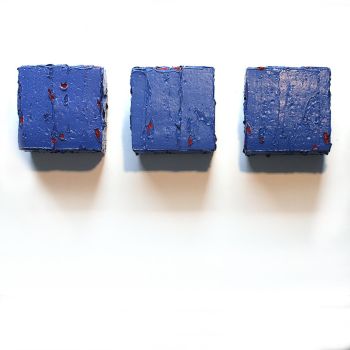

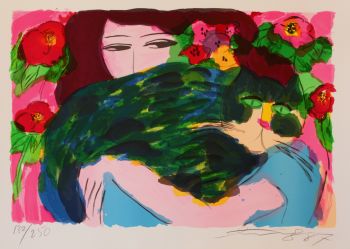


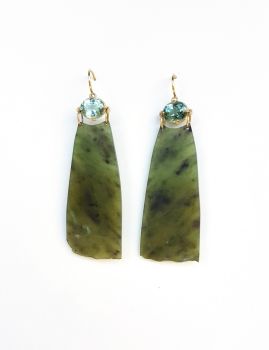

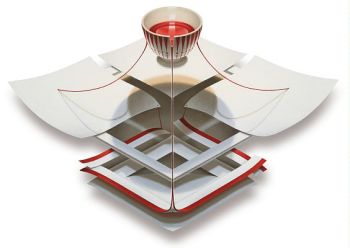
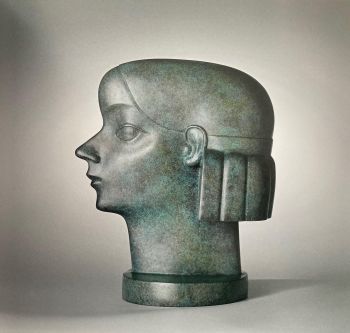


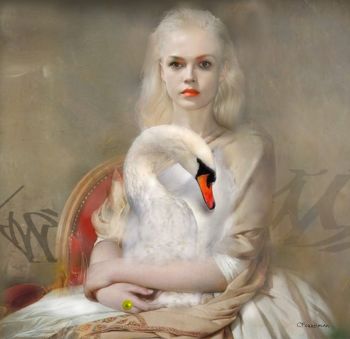
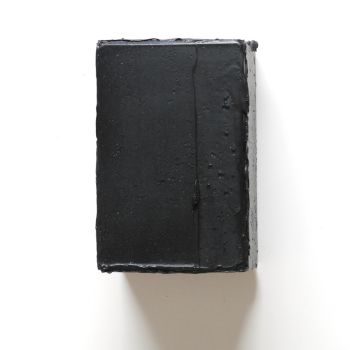
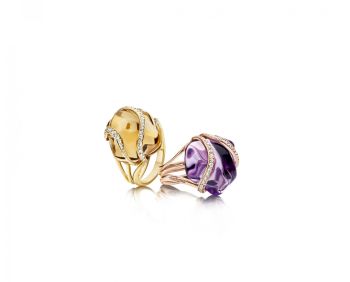
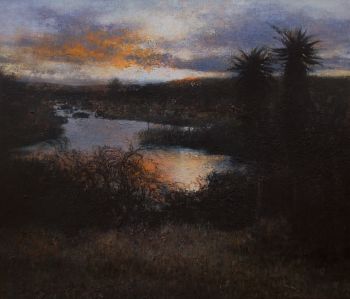
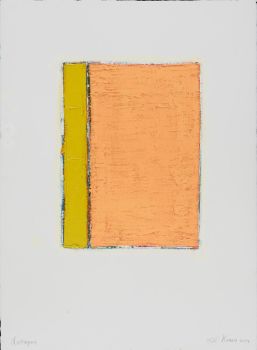
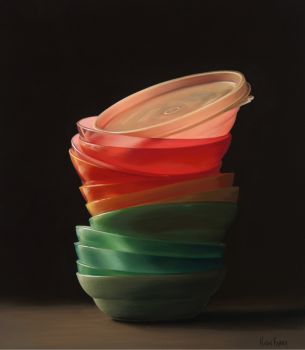
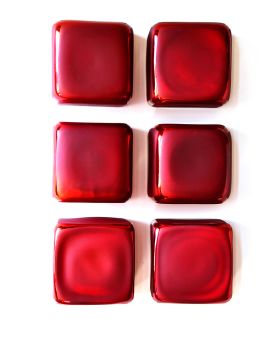
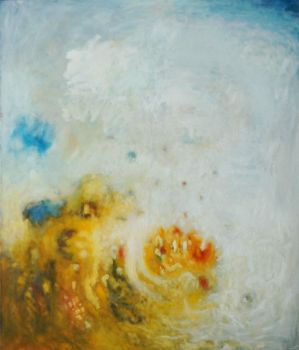
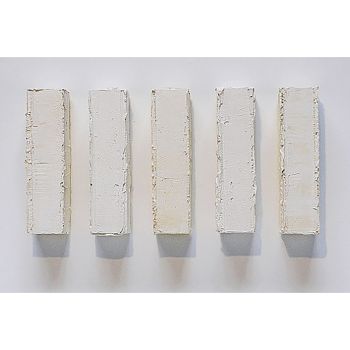














!["SKIMMING THE WATER [MENAGE A QUATRE]" Signed book plus small artwork by LAWRENCE WEINER](https://media-2.gallerease.com/images/442bfd5f-fc31-4e18-a2fa-ee0c08eade64/350x350/skimming-the-water-menage-a-quatre-signed-book-plus-small-artwork.jpg)
